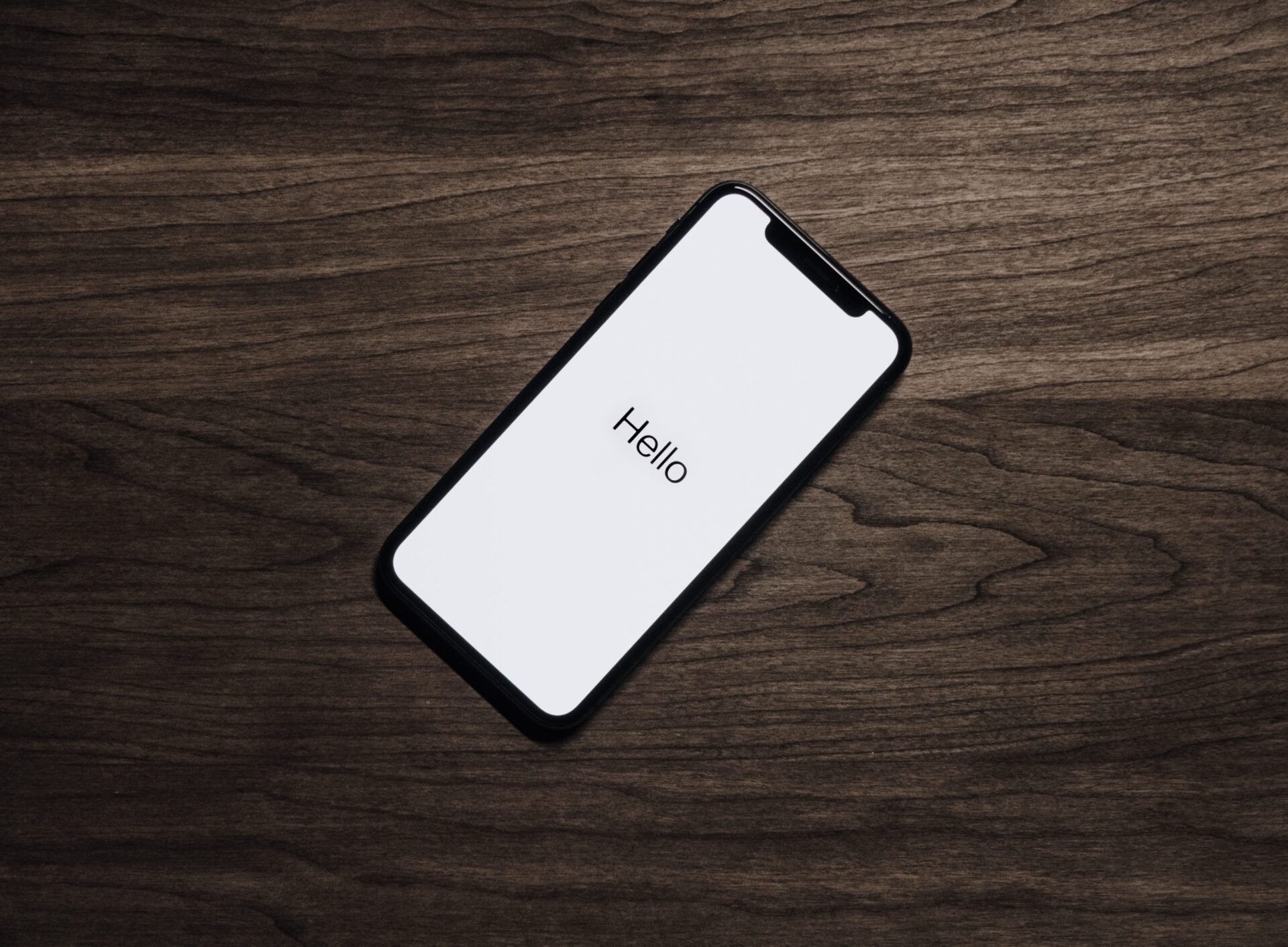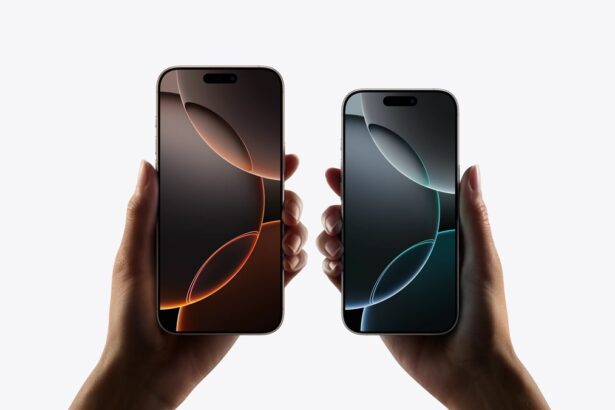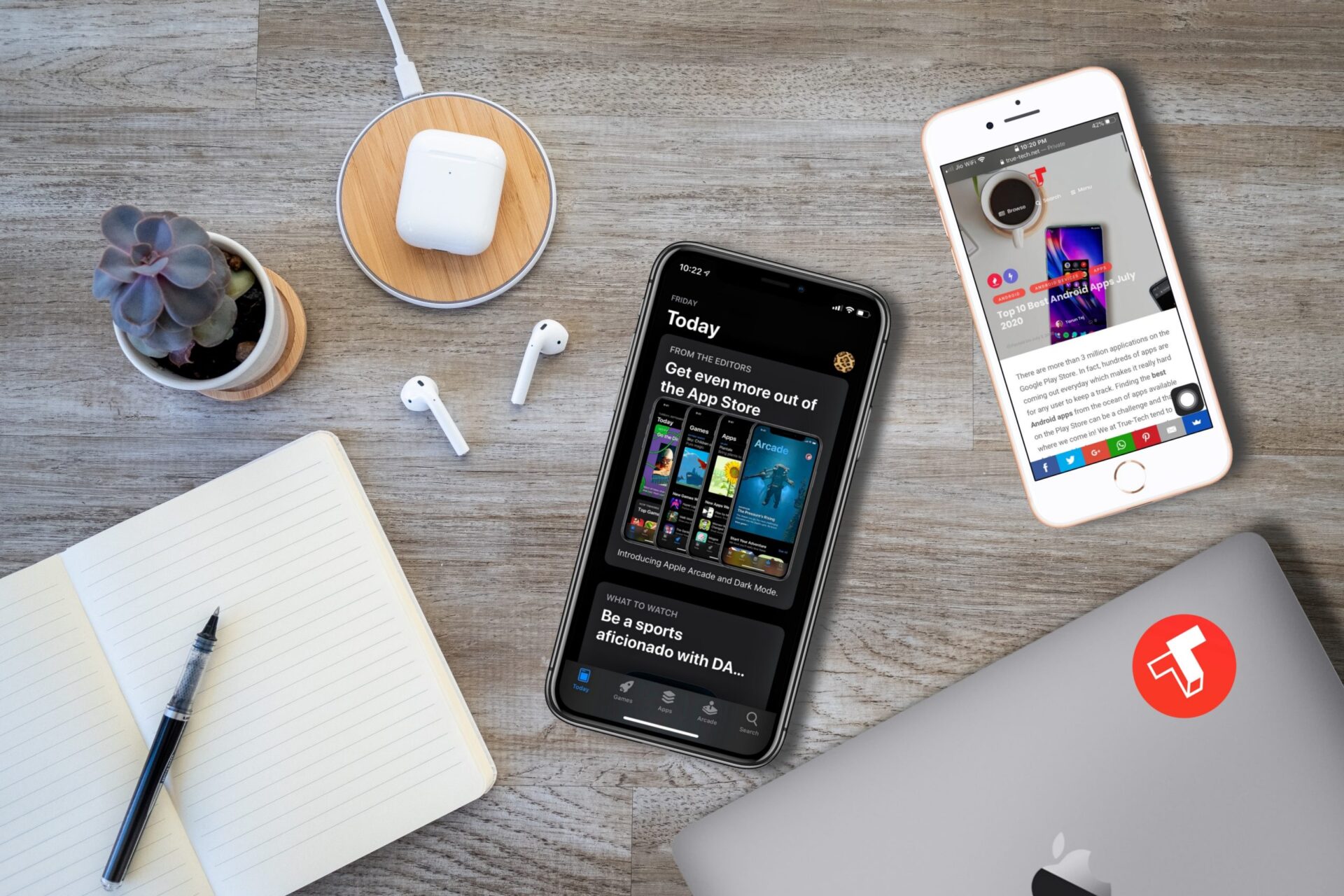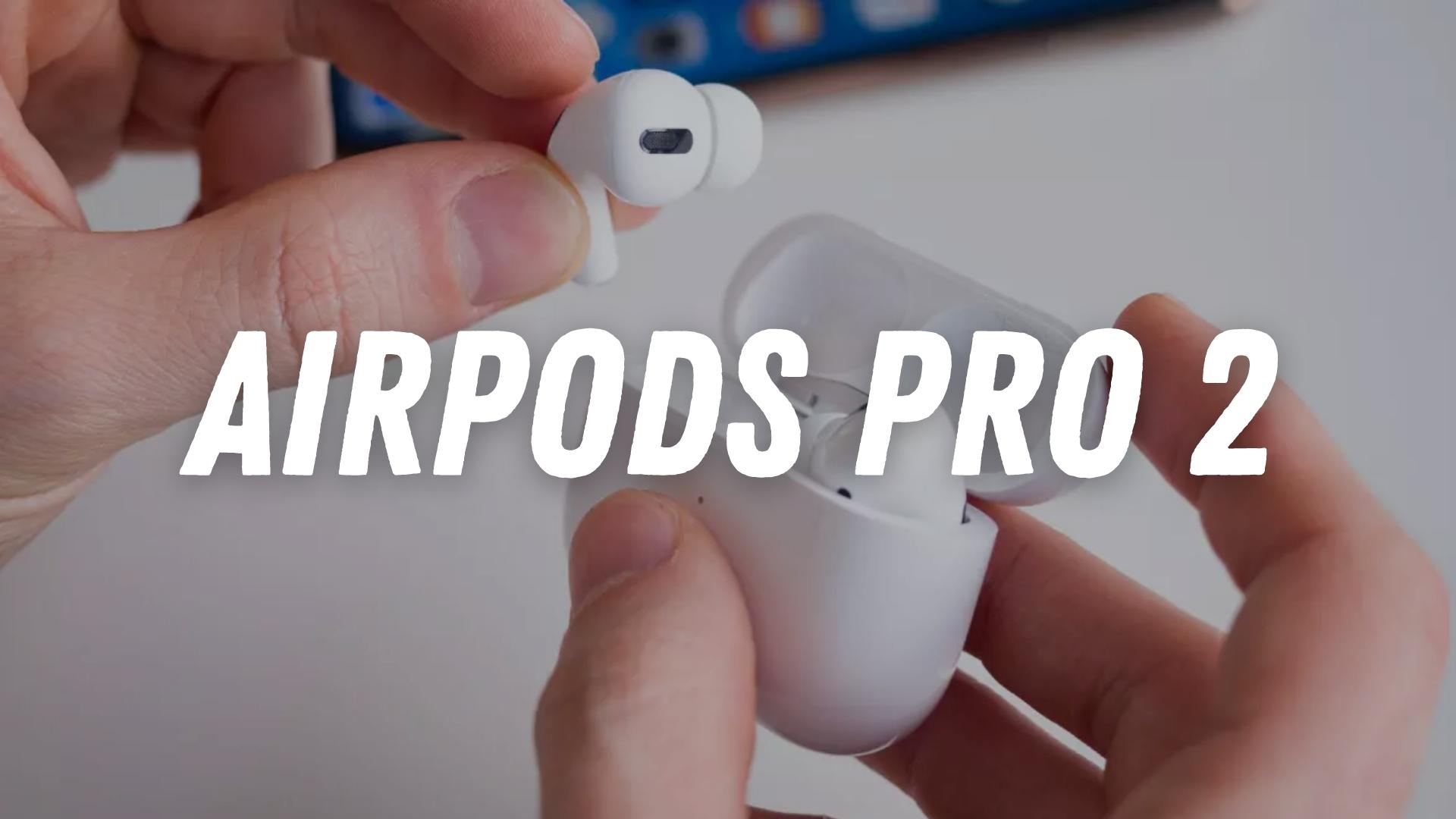Apple’s ecosystem comprises of two main Operating systems – iOS and Mac, and that has been the case for a long time. It is a very well known fact that both the OS-es are in synchronization with each other in several aspects, which in turn render the user experience great. But Apple is taking it a step further, probably with the integration of both of these, into one single platform; a new plan of Apple reveals that iOS apps will now arrive in Mac as well, as Bloomberg hinted at this a while ago.
The Mac app store is still lacking in terms of the number of apps and the quality of apps, they aren’t up to the mark like iOS devices. Not to mention how MacOS apps are slow and taxing to update. With these new plans, just like Google’s Chromebook that allows you to run Android Apps on Chromebooks or ChromeOS, Apple will solve this problem by enabling developers to make iOS apps work on MacOS. The project has been codenamed as “Marzipan” and we may see this change coming to our devices next year, being announced at WWDC 2018.
During the announcement of the very first iPhone, Steve Jobs detailed how interaction with computers was problematic, and a solution to the same was addressed using a more intuitive manner of interaction – touch screens and mousepads. Apple considers this move as following the same route, as it makes services more accessible through desktops or laptops and with the use of mousepads. Unifying platforms for app usage in such a manner makes it very convenient for users to access what’s on their phone easily.
Despite the wide discovery of these plans, Apple declines to comment on it, however, it very well may be a welcomed step towards user experience, as both the competitors – Google and Microsoft offer the same. Google’s Chrome OS and Windows’ Universal Windows Platform was introduced for the very same reason.
The Why Behind Apple’s System Unification
You probably won’t notice every other guy carriying a Macbook, however, it’s almost certain that there are more iPhone or iPad users out there, enabling them to remain connected to the internet. Therefore, it seems Apple wants iOS users to adapt to MacOS devices. However, above that, the motive here is to amalgamate the design and UI, which makes it more convenient for readers to go through. But the benefits aren’t only limited to users, Apple and other 3rd party developers benefit as well, since a single app design from a single SDK allows them to make it work on both platforms. And with the new Touchbar being out, it opens a new manner of integration for users.
Can it all go in vain?
Blurred are the lines always when it comes to talking about the future of any new feature introduced. For a prominent instance of failure, in Windows’ approach, the apps run really well on tablets, however, struggle on a desktop. On the other hand, ChromeOS or Chromebooks flawlessly handle Android Apps without facing a single issue. It’s only about what road Apple takes, and if they choose to unify the systems afterall.








